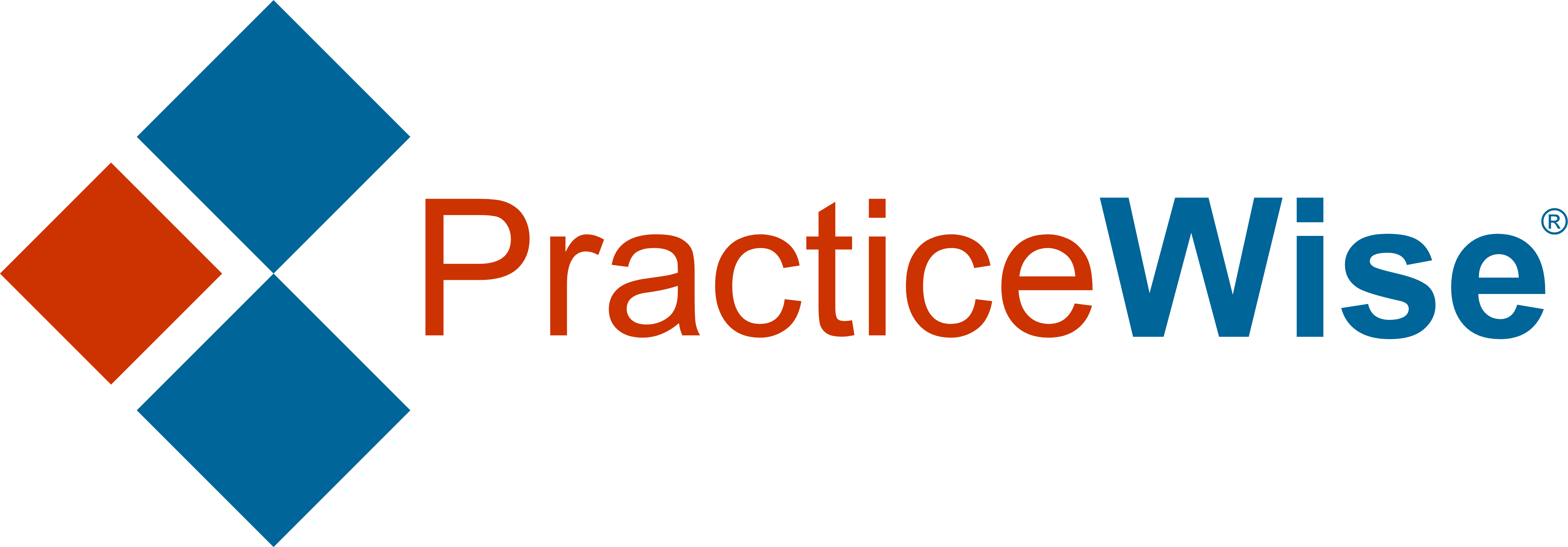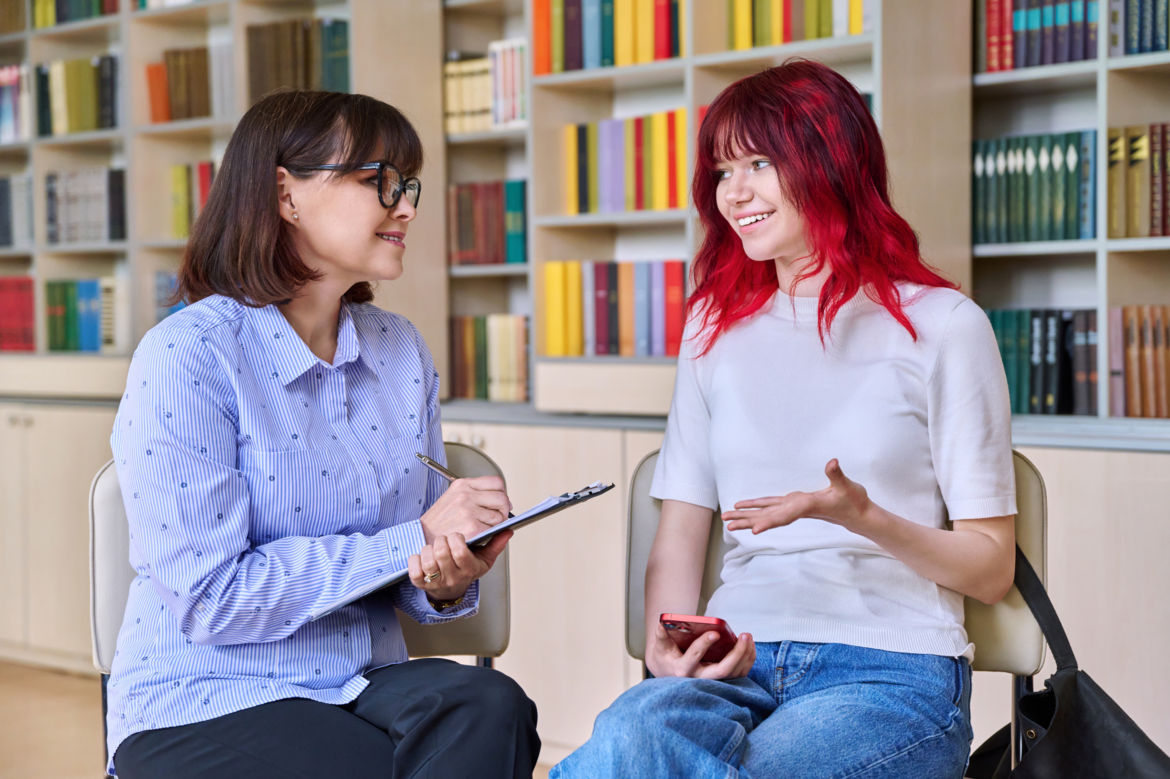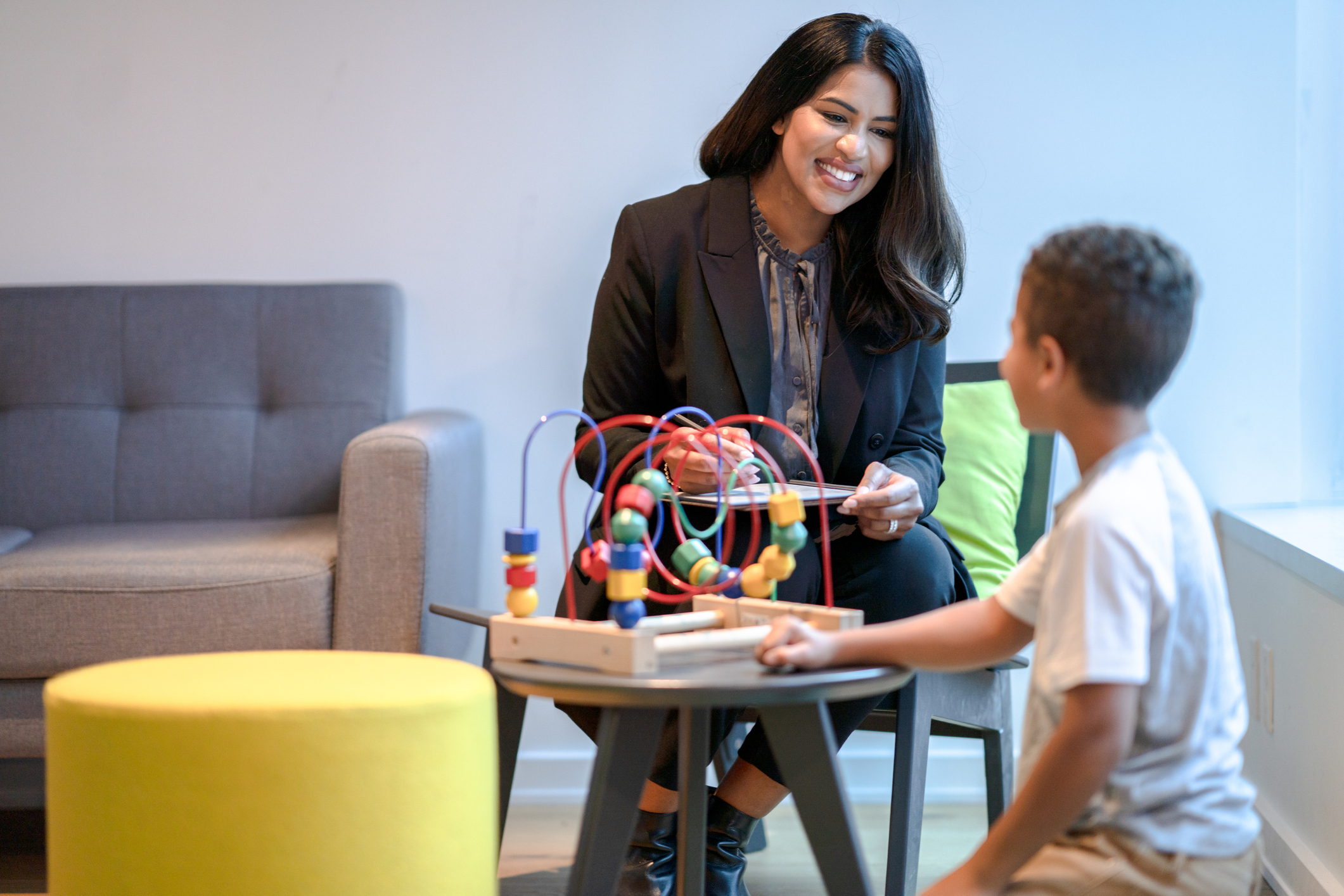“Show me where it hurts.” This is one of the first questions most of us expect when we interact with a healthcare provider. And this is equally true of mental healthcare providers. Some of the first topics discussed in therapy might be when a psychological or behavioral problem started, what tends to trigger the problem, and how intense and frequent the problem is. In other words, in addressing health and mental wellness as a society, we tend to be problem-focused. However, starting in the late 1990s, some mental health researchers became interested in the opposite end of the spectrum. Instead of asking who was doing poorly and why, they began to ask who was doing well and why. This was the birth of Positive Psychology. Positive Psychology is a branch of psychology focusing on understanding and promoting positive emotions, people’s personal strengths, and psychological flourishing. Today, the blog will discuss how positive psychology ideas and strategies can be used to improve the mental well-being of youth.
What is Positive Psychology?
According to the University of Pennsylvania’s Positive Psychology Center, “Positive Psychology is the scientific study of the factors that enable individuals and communities to thrive. The field is founded on the belief that people want to lead meaningful and fulfilling lives, to cultivate what is best within themselves, and to enhance their experiences of love, work, and play.” According to Dr. Martin Seligman’s PERMA model, the following five elements are the building blocks of a happy, fulfilling life and good mental health:
- Positive Emotions – Again, instead of dwelling on “fixing” distressing emotions, Positive Psychology seeks to focus on increasing positive emotions like happiness, gratitude, and optimism. This is akin to the idea in Eastern philosophy of “watering the seeds you want to grow”—in other words, putting more energy into the emotions you want to experience. Ideally, we work to increase positive feelings about our past, present, and future.
- Engagement – This is the idea of “flow,” which involves doing things you love, that are inherently rewarding, and that you can get lost in. Such activities might be things like reading, playing a sport, woodworking, or knitting. In flow, you’re applying familiar skills; your attention is absorbed; and you may even lose track of time. Regularly participating in this level of inherently gratifying engagement is thought to enrich quality of life.
- Positive Relationships – Social connection is a basic human need for emotional and sometimes even physical survival. Cultivating quality relationships with trusted others can provide many outlets and opportunities for positive emotions. Oftentimes when we are having fun, creating memories, or getting our needs met, we are with others.
- Meaning – Likewise, many times we are helping or being helped by others, we feel connected to something bigger than ourselves. Serving others in this way, as well as exploring our own values and how we fit into a larger system can help us develop a sense of purpose and meaning in our lives.
- Accomplishment/Achievement – Feeling like you are good at something and that you can accomplish the things you put your mind to is fundamental to personal agency. Thus, in Positive Psychology, it’s encouraged to set, stick to and celebrate goals. Positive Psychology also seeks to recognize and promote character strengths, such as wisdom, courage, justice, self-regulation, and humor. Using these strengths in new ways can further contribute to a sense of achievement and self-worth.
Positive Psychology Exercises for Youth & Families
Although originally developed for adults, positive psychology strategies have since been found to be effective for youth, even in early childhood. As you can see, the tenets of Positive Psychology are often straight-forward and can be applied practically in everyday ways at home or at school. Some exercises you, your family, or youth in your life might try to boost mental well-being might include…
- Identifying Personal Strengths – Knowing your own assets and preferences is important to knowing how to play to those strengths in your day-to-day life. Basic conversations or brief writing exercises might help youth reflect on their own strengths. Also, the VIA Institute on Character has both free youth and adult surveys that they can try out to assess their top strengths more formally.
- Gratitude Exercises – Youth can try writing down three things every day they were grateful for. If that sounds tough in the busyness of the family’s day, try just telling each other the list—maybe on a car ride or over dinner. This activity is deceptively simple, but evidence shows it can shift mindset over time to help people recognize the good things that are already happening around them.
- Make Time for “Flow” – Youth can engage in activities that they love, that challenge them, and that they can get absorbed in. Ideal flow activities also involve having a clear goal and some kind of immediate feedback on how it’s going. Making room for these types of engagement experiences may involve adjusting the family’s schedule to find time for play and hobbies, or sometimes even pushing kids (or kids challenging themselves) to try new, rewarding things.
- Acts of Kindness – Engaging in acts of kindness toward others has been shown to boost mood and sense of purpose and connection. Service toward others could be small acts (e.g., holding the door for someone with their hands full) or large (e.g., long-term volunteering). Kids and teens can try tracking the ways they’ve been kind to others or others have been kind to them, so they can reflect on it at the end of the week.
Where Can I Learn More?
Clinicians may consider checking out PracticeWise Practitioner Guides on topics like Activity Selection or Mindfulness to boost Positive Psychology strategies in your practices. Further ideas and info can also be found around the web:
- Positive Psychology.com: 19 Positive Psychology Exercises for Clients or Students
- Psychology Today: Positive Psychology
- University of Pennsylvania’s Authentic Happiness website
- VIA Institute on Character: The 10 Most Popular Happiness Boosters
—
About the Author
Taylor Thompson, Ph.D., serves as a distance learning developer and literature coder on the Services and Products Development team at PracticeWise. Learn more about Dr. Thompson on the PracticeWise team page.







